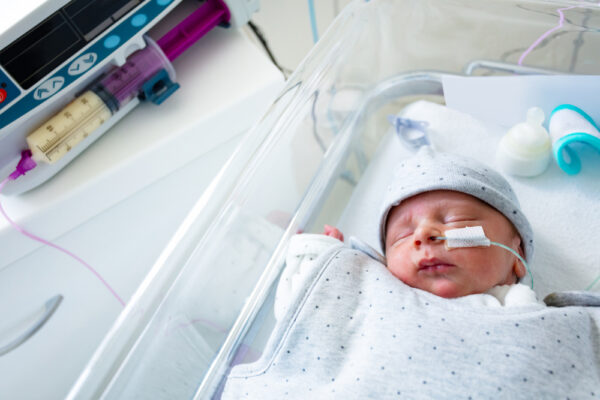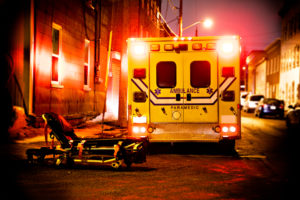We all remember last year’s tragic story about the New England Compounding Center (NECC) —it manufactured a steroid medication, contaminated with a fungus that led to the death of approximately 58 people and infected 740 patients in 20 states with meningitis. It’s been over a year now and while there have been continuing issues and concerns about compounding pharmacies, you may have assumed that this particular incident was over. If you were one of those who received the contaminated steroid injection and have had no symptoms, you should consult your physician.
A recent study released in the June 19 issue of the Journal of The American Medical Association (JAMA) found that patients, who have not reported any symptoms or experienced more pain, may have the fungal infection. In the study, 172 patients were given an MRI; the researchers detected abnormalities in 21% percent (36 patients) of those screened. Of the 36, all but one met the CDC definition for probable (17 patients) or confirmed (18 patients) fungal spinal or paraspinal infection. All of these patients had been treated with methylprednisolone from a highly contaminated lot of the steroid, but had not sought medical care related to the injection, according to the research team.. (Med Page Today, 6/18/2013)
Dr. George R. Thompson, UC Davis Assistant Professor of Medical Microbiology and Immunology, wrote an editorial that accompanies the study results. “The study shows that patients exposed to the contaminated steroids can no longer be reassured that the lack of new or progressive symptoms equates to a lack of fungal infection,” Thompson said. “Exposed patients may have paraspinal or spinal infections even though they do not notice any increase in pain or neuropathic symptoms. Magnetic resonance imaging at the injection site is recommended to screen for infection in high-risk patients, but it should not be widely adopted, particularly for patients who received injections in peripheral joints, which the study associated with a much lower attack rate.”
The authors of the study offer this conclusion and advisory; “Our findings support obtaining contrast-enhanced MIR if the injection site in patients with persistent back pain even when their pain disorder has not worsened. A proactive outreach to patients receiving injections from a highly contaminated lot, No. 06292012@26, is needed. Magnetic resonance imaging may detect infection earlier in some patients, leading to more efficacious medical and surgical treatment and improved outcomes.” (Medical News Today)
If you received an injection of steroids for back pain you need to go to your doctor with the Lot number above, and ask him if you need further testing.
My previous articles on the compounding issue are below:
Meningitis Outbreak Claim 24 Lives Sickens 328 as of October 25, 2012
/miscellaneous/meningitis-outbreak-claims-24-lives-sickens-328-as-of-october-25/
Virginia Man’s Death Caused by Infections Steroids
/fda-prescription-drugs/virginia-mans-death-caused-by-infected-steroids-compounding-center-shared-building-with-garbage-compactor/
Another Mass Compounding Pharmacy Issues Recalls for Tainted Products
/fda-prescription-drugs/another-mass-compounding-pharmacy-issues-recalls-for-tainted-products/













Comments for this article are closed.